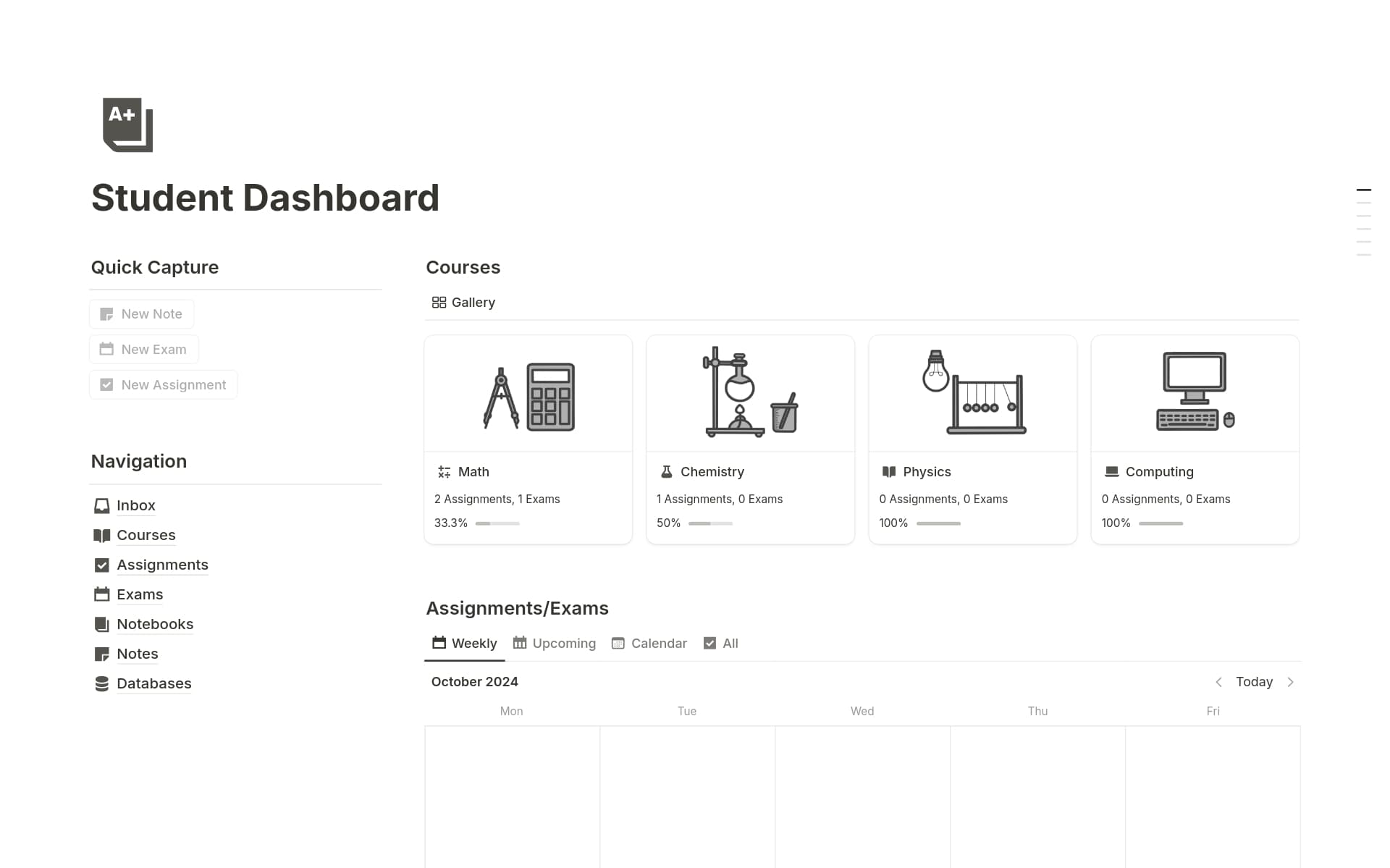Maintaining an Accounting Journal is crucial for keeping accurate financial records, which is essential for making informed business decisions, ensuring compliance with regulations, and understanding your financial health. An Accounting Journal template in Notion can streamline the process of recording transactions, calculating totals, and organizing financial data, making it more efficient and less prone to errors.
Before you dive into creating your own Accounting Journal, explore these Notion templates designed to simplify your accounting process and enhance your financial management.
What Should Accounting Journal Templates Include?
Choosing the right Accounting Journal Template in Notion can streamline your financial record-keeping and enhance accuracy. Here are key components to look for in a good template:
Date and Transaction Details: Each entry should allow space to record the date and detailed description of the transaction to maintain clear records.
Debit and Credit Columns: Essential for any accounting journal, these columns help in recording the two-fold effect of each transaction accurately.
Amount Fields: It should include fields for entering the transaction amounts which can be formatted to ensure calculations are easy and errors are minimized.
Tags or Categories: This feature helps in classifying transactions into various categories, making it easier to track specific expenses or revenues.
Selecting a template with these features will not only save time but also provide a robust framework for managing your financial data effectively.
What Should Accounting Journal Templates Avoid?
When selecting an Accounting Journal Template in Notion, it's essential to be aware of certain features that might complicate or hinder your accounting processes. Here are three key components to steer clear of:
Overly Complex Layouts: Templates with too many sections or intricate designs can make data entry confusing and prone to errors. Opt for simplicity to enhance usability and accuracy.
Non-customizable Fields: Avoid templates that don't allow you to modify fields. Every business has unique needs, and a good template should be adaptable to meet those specific requirements.
Lack of Integration Features: Ensure the template can integrate with other tools you use. Templates that operate in isolation can create extra work, as data might need to be manually transferred.
Choosing the right template involves more than just aesthetics; it's about functionality and ease of use to ensure smooth financial operations.



